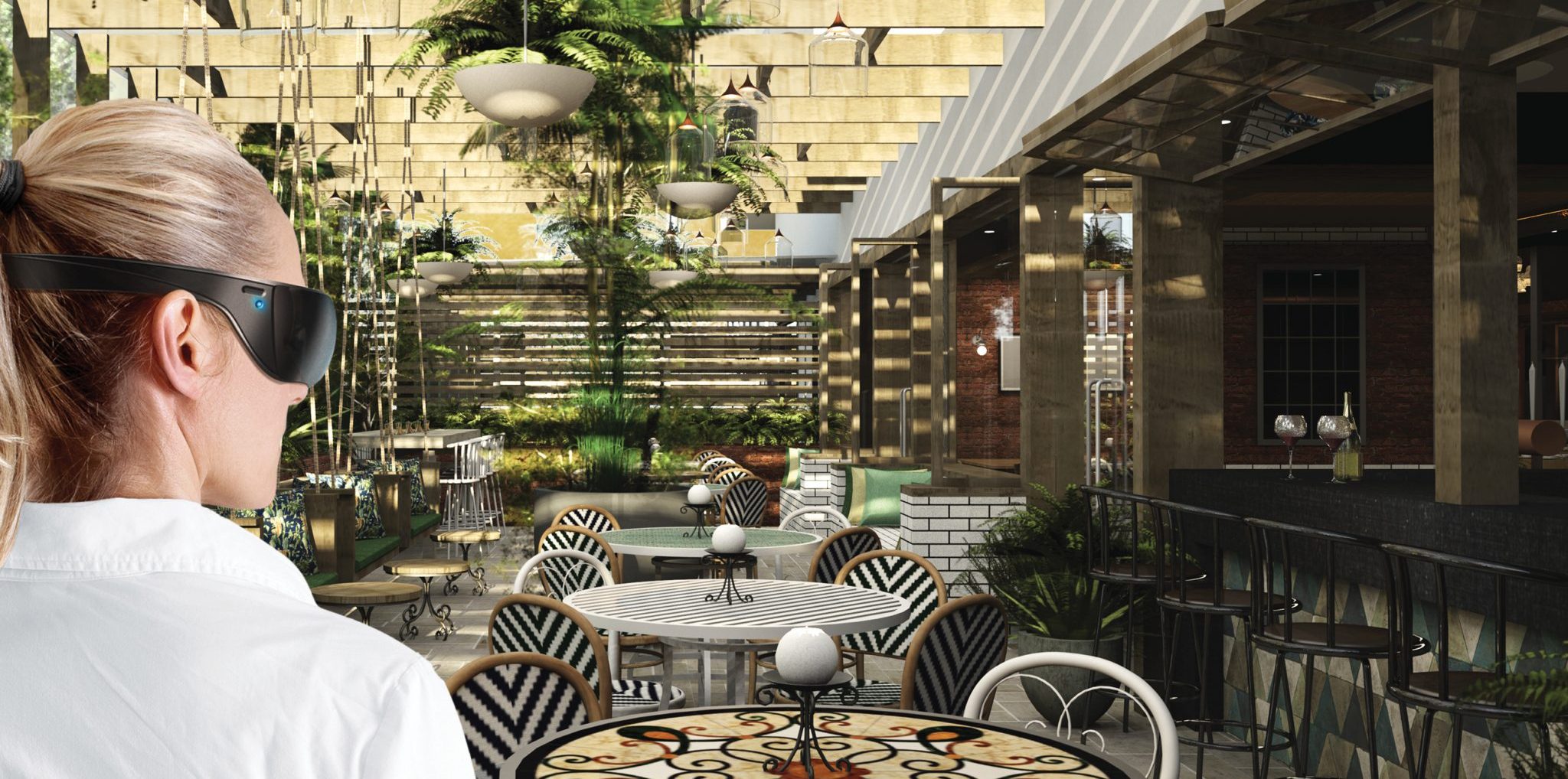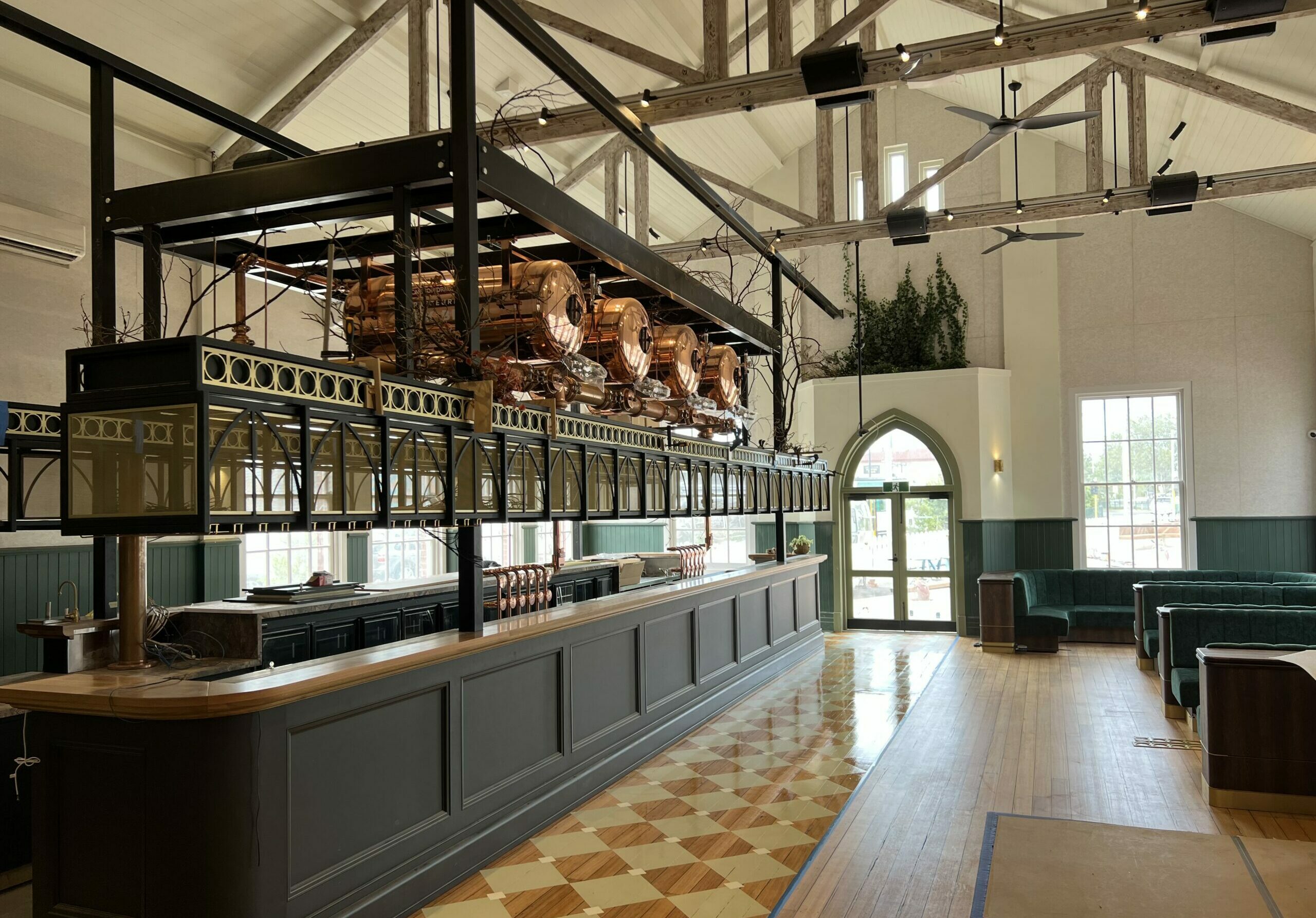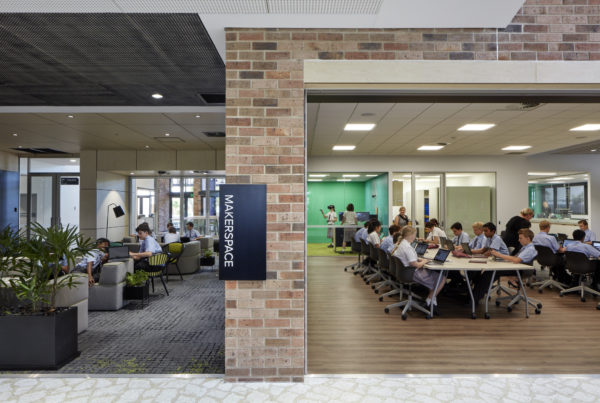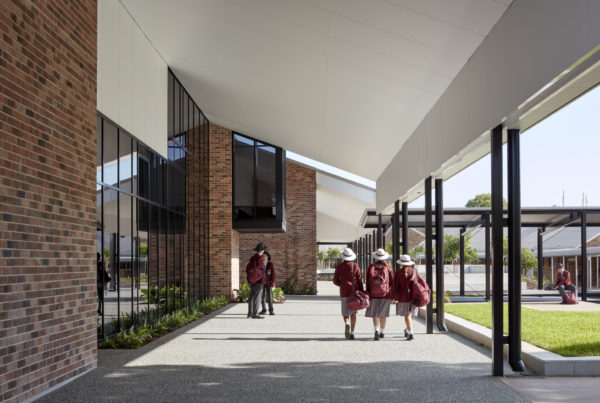Virtual reality is transforming architecture.
Brand + Slater Architects has been using Virtual Reality (VR) technology as part of our design process for a number of years, transporting clubs into a fully immersive 3D environment of their proposed building projects, before being built.
When you first think of VR, there’s a few things that may come to mind (The Matrix, Star Trek, nerdy gamers who spend all their spare time immersed in a virtual world…). Today though, VR has so much potential for architects and our clients. From initial design mock-ups, to project collaboration, through to the finishing touches like material finishes and lighting, VR’s use in the design process is powerful.
Here’s how:

1) Communicating design ideas better than ever
It takes years of experience to have the ability to read architectural drawings. Even architectural renders, which are two-dimensional, can be misunderstood when trying to communicate spatial elements.
A well-rendered 360° image combined with a VR headset allows our clients to stand in an authentic environment and look around in the same way you do in the real world. Tilt your head up and you see your ceiling and lighting design, look straight forward and you see your reception and feature-wall, tilt to the right and view the main foyer entrance, and looking down you see your selected flooring in vivid detail.
2) Feeling the space
VR offers a person a better sense of spatial awareness than any other technology we’ve ever had access to before. Whether it be the impressive size of an entire building or the distance between two benches, this is not always easy to perceive from a 2D image. Being fully immersed in the model means you get a real sense of scale.
With this presence comes feeling. Our clients can not only see what’s been created, they can actually “feel” what it is like to be in that space. Conveying this feeling to clients can often be one of the hardest parts of a project for an architect or designer, again speeding up the process and easing communication.
3) Real-time feedback
When our clients are placed within the virtual and detailed world of their project, it makes the feedback process more straightforward and provides a base on which the design team can work together with the client to get issues resolved and ensure client satisfaction.
Our clients can navigate the space and critique it simultaneously prior to breaking ground on site. This means less time going back and forth revising designs, with feedback and revisions happening in real-time while you walk through your project.
4) Create experiential marketing materials
There has never been a better tool than VR to get people excited about your building project and set it apart from others. Virtual walk-throughs of club redevelopments and refurbishments from the architectural perspective, can be easily translated into digital content to be posted online or offered as a VR experience for customers in-house.





